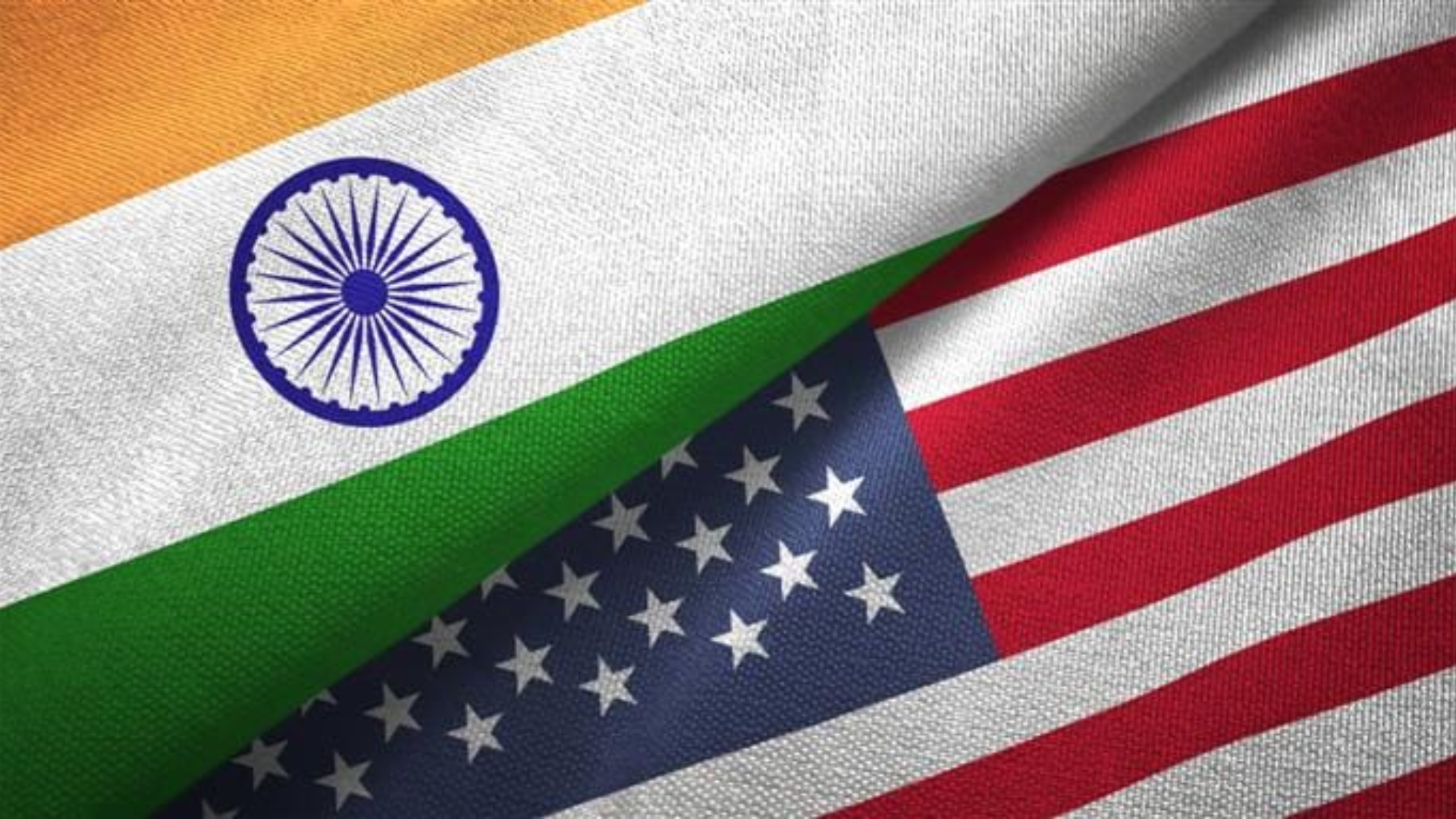
Pichwai wall hangings, originating from the sacred town of Nathdwara in Rajasthan, represent a unique fusion of tradition, artistry, and divine expression. The term “Pichwai” translates to “back hanging” in Sanskrit, reflecting its historical use as elaborate cloth paintings hung behind the idol of Lord Krishna in the Nathdwara temple.
Rooted in the 15th century, Pichwai art revolves around depicting the leelas or divine pastimes of Lord Krishna. The rich narrative often showcases episodes like the ras lila and the lifting of Govardhan hill, conveying spiritual messages through vibrant colors and intricate detailing. Gold leaf embellishments add opulence, symbolizing the divine aura surrounding Lord Krishna.
Crafting Pichwai wall hangings is a meticulous process undertaken by skilled artists, known as Pichwaiwalas. The base fabric, usually fine cotton or silk, serves as a canvas for natural pigments sourced from minerals and plants. Gold leaf, known as ‘pichwai patta,’ is carefully applied to enhance the radiance of divine figures, contributing to the visual allure and spiritual significance of the artwork.
While Pichwai art traditionally focuses on Krishna’s life, variations include themes like festivals, changing seasons, and the ‘Annakut’ portrayal of grand offerings in the Nathdwara temple. Contemporary adaptations aim to preserve the tradition, with artists experimenting with new color palettes while retaining the essence of the craft.
Pichwai wall hangings, beyond their religious context, have found a place in interior decor, gracing homes, hotels, and galleries. The versatility of Pichwai art complements various decor styles, bringing a touch of Rajasthan’s cultural opulence to any space.
Despite facing challenges such as a scarcity of skilled artisans and competition from mass-produced replicas, initiatives and government support strive to ensure the authenticity and sustainability of Pichwai art. In exploring the enchanting world of Pichwai, one not only appreciates the aesthetic brilliance but also connects with the spiritual heritage of Rajasthan, where tradition and creativity seamlessly intertwine.















